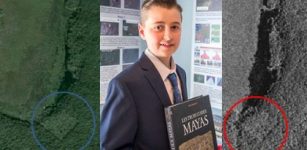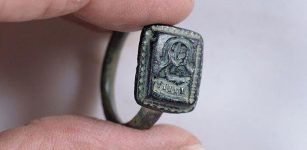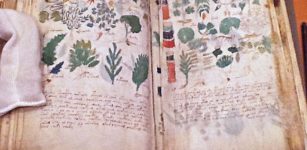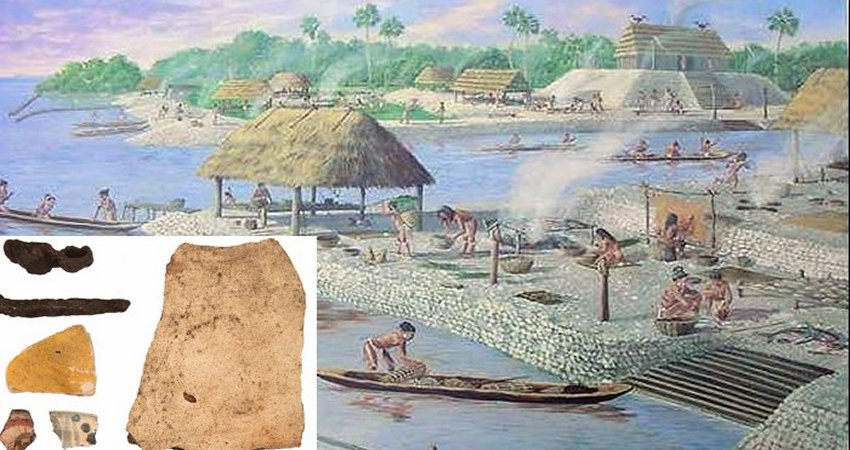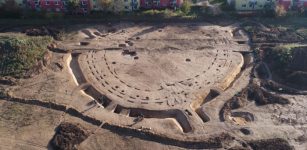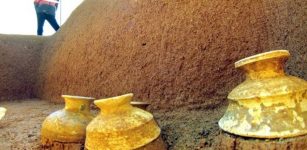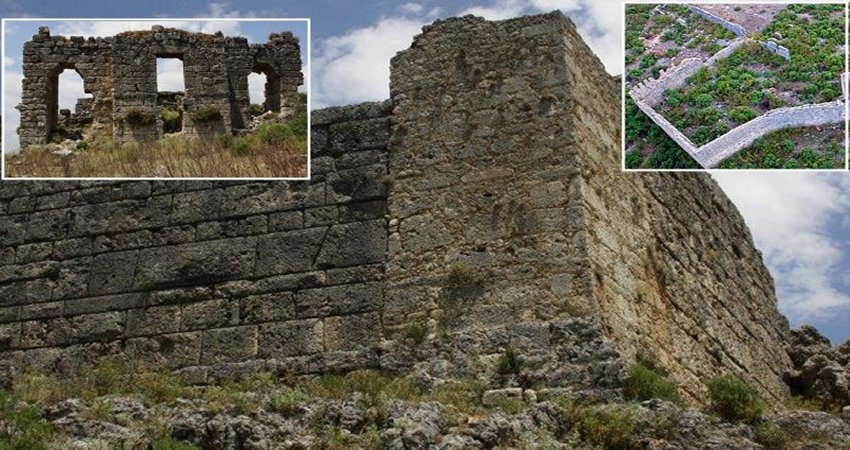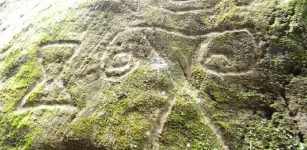Ancient DNA Reveals The Story How Native Americans Were Wiped Out
MessageToEagle.com – By examining ancient DNA of 92 pre-Columbian mummies and skeletons, between 500 and 8600 years old, scientists have now confirmed the devastating impact of European colonization on the Indigenous American populations of the time.
The study reveals a striking absence of the pre-Columbian genetic lineages in modern Indigenous Americans; showing extinction of these lineages with the arrival of the Spaniards.
“Surprisingly, none of the genetic lineages we found in almost 100 ancient humans were present, or showed evidence of descendants, in today’s Indigenous populations,” says joint lead author Dr Bastien Llamas, Senior Research Associate with ACAD. “This separation appears to have been established as early as 9000 years ago and was completely unexpected, so we examined many demographic scenarios to try and explain the pattern.”
Although indigenous communities still thrive in Americas, no living human seems to carry any of the ancestral DNA documented in Llamas’ study.
“The only scenario that fit our observations was that shortly after the initial colonization, populations were established that subsequently stayed geographically isolated from one another, and that a major portion of these populations later became extinct following European contact. This closely matches the historical reports of a major demographic collapse immediately after the Spaniards arrived in the late 1400s.”
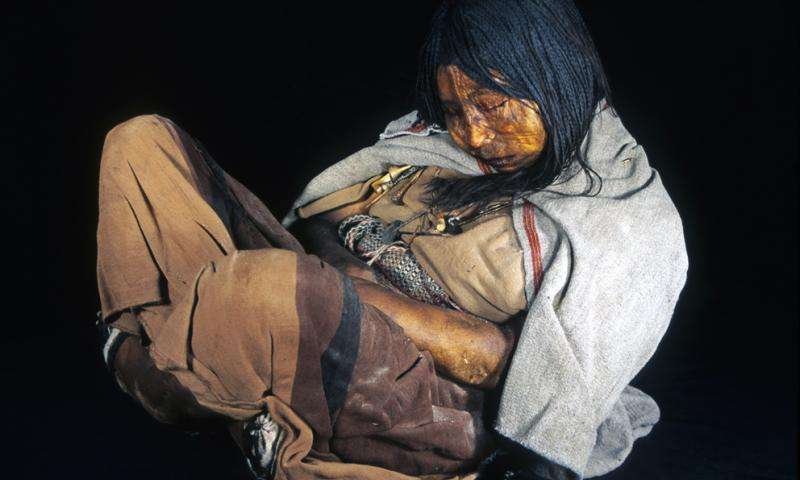
The ancient genetic signals also provide a more precise timing of the first people entering the Americas—via the Beringian land bridge that connected Asia and the north-western tip of North America during the last Ice Age.
See also:
Ancient DNA May Unravel The Mystery Of Machu Picchu
Ancient DNA: So Far Oldest Genome From A 700.000 Year Old Horse – Sequenced
Mystery Of Yamacutah – A Sacred Native American Indian Shrine
“Our genetic reconstruction confirms that the first Americans entered around 16,000 years ago via the Pacific coast, skirting around the massive ice sheets that blocked an inland corridor route which only opened much later,” says Professor Alan Cooper, Director of ACAD. “They spread southward remarkably swiftly, reaching southern Chile by 14,600 years ago.”
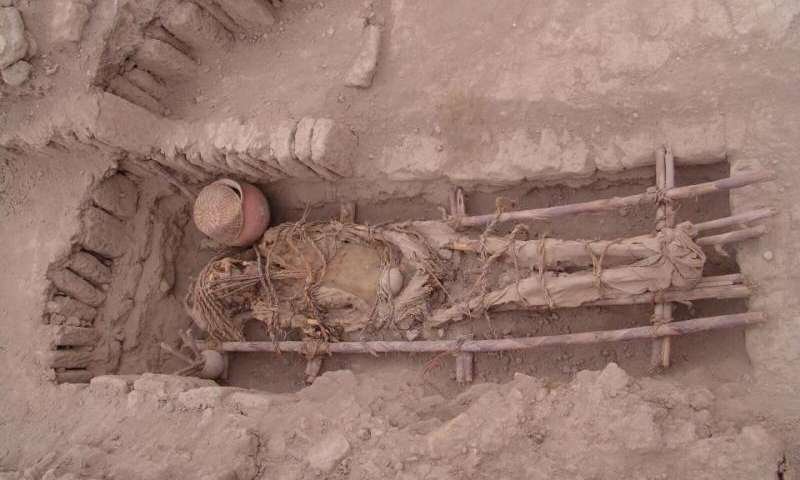
“Genetic diversity in these early people from Asia was limited by the small founding populations which were isolated on the Beringian land bridge for around 2400 to 9000 years,” says joint lead author Dr Lars Fehren-Schmitz, from UCSC. “It was at the peak of the last Ice Age, when cold deserts and ice sheets blocked human movement, and limited resources would have constrained population size. This long isolation of a small group of people brewed the unique genetic diversity observed in the early Americans.”
MessageToEagle.com
Expand for referencesReferences:
University of Adelaide


